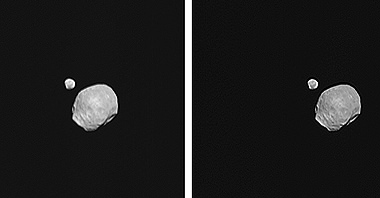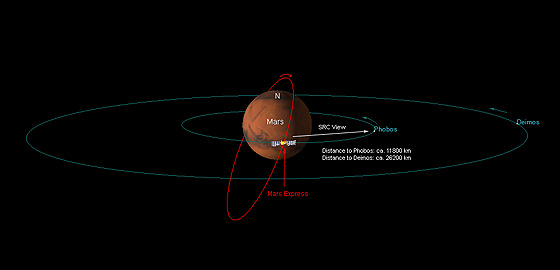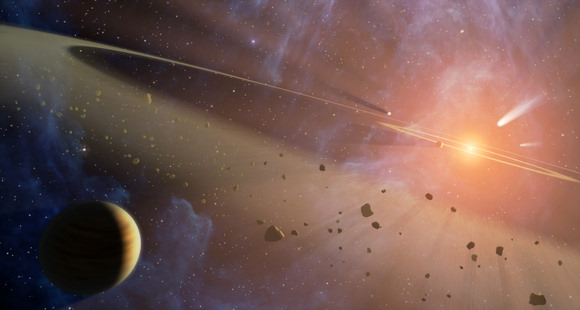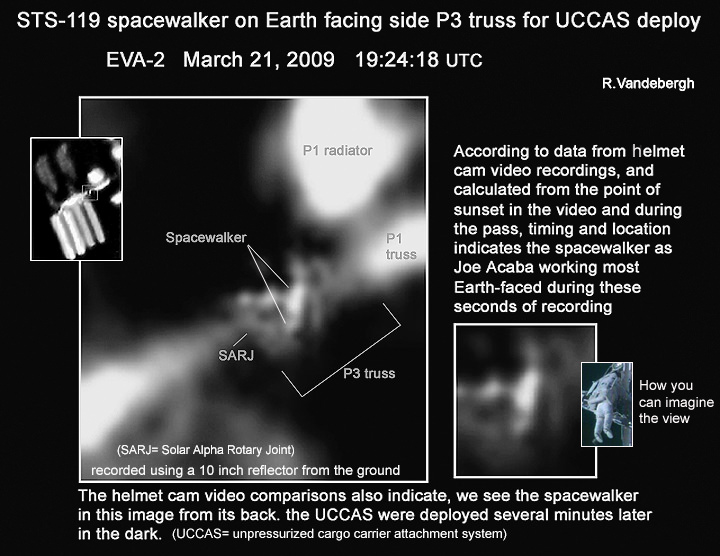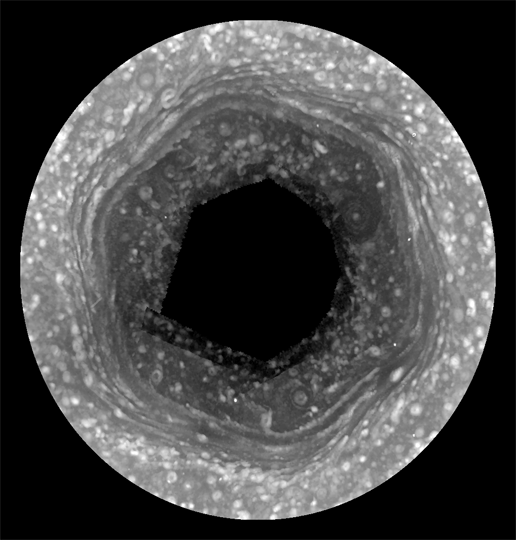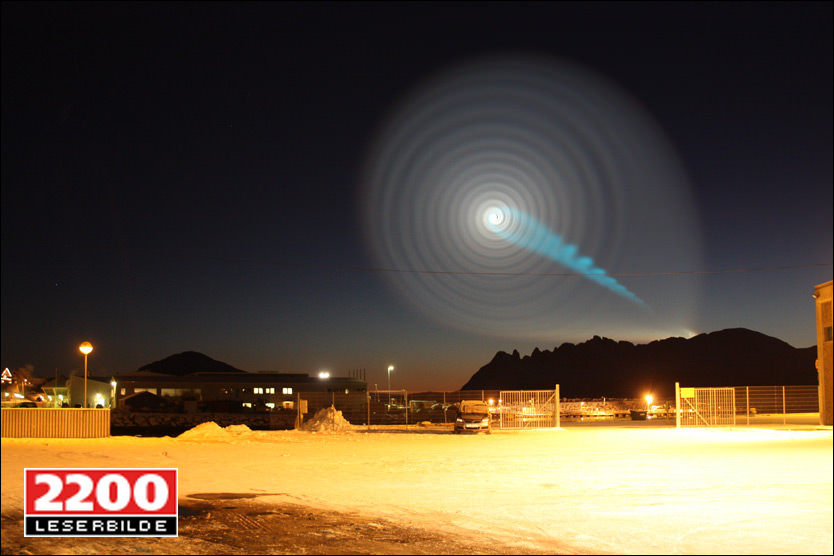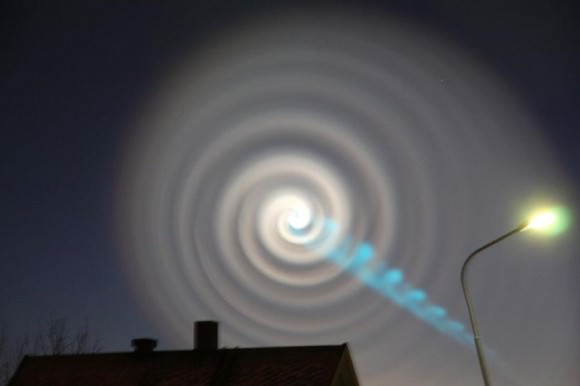Galaxy Zoo has been an enormously successful citizen science project; so much so, that other astronomers, as well as scientists from other disciplines, have taken notice and now they want to get in on the act of having the public help make discoveries about our world and Universe. Today, the Galaxy Zoo team has launched Zooniverse. This new website will be a platform, or “home” to a plethora of new science projects where the public can take their pick of where and how they can make meaningful contributions and discoveries.
“Zooniverse became inevitable around the time that Galaxy Zoo launched in 2007,” said Chris Lintott, one of the founders of the original Galaxy Zoo, and now Zooniverse, “because it was obvious a few hours into the first day that we had hit on a way of doing science that was really powerful. And it was clear that this was not only going to work with for galaxies, but for other science as well. Soon we’ll we have solar investigations, climate science, and a lot of other citizen science projects coming online.”
For those “Zooites” who love Galaxy Zoo – don’t worry, that project isn’t going anywhere.
“Galaxy Zoo itself will remain the sort of comfortable old sofa in the corner,” Lintott told Universe Today, “so anyone who is comfortable with that can remain sitting there, classifying galaxies and discovering things. But for people who want to explore a bit further and find new and exciting places to be, we’re going to expand the Zooniverse by pointing some new data to the sofa.”
On Dec. 16 an astrophysics project will be introduced in Beta to people already involved in Galaxy Zoo and the offshoot projects: Galaxy Zoo 2, Supernova Hunt, and Galaxy Mergers. If all goes well, it will be launched “live” to the public early 2010.
With new advanced instruments and ways of gathering data, scientists in almost all disciplines are inundated with data but don’t have an efficient way to sort through, organize and classify the information. Galaxy Zoo’s success (over 51 million classifications by over 250,000 people, as well as new discoveries and several science papers published) has attracted the attention of other scientists, many who have contacted Lintott and his team, wondering if there was any way they could use that same model to have the public help with other unique science tasks.
Lintott said they have a long list of additional projects that are already under development. “In a couple of years’ time we should have some wonderful projects come online, such as studying ancient artifacts, oceanography projects, looking at Earth from space, animal behavior projects, and more. We keep getting new really great projects contacting us all the time.”
“We’ve known this has been coming for years, but we didn’t really know how to do it,” said Arfon Smith from Oxford University, one of the developers of the Zooniverse site, who has been working on how to integrate other science projects into the Galaxy Zoo model. “We needed a big project to come along that wasn’t dealing with galaxies to actually get us pointed in the right direction. The technical challenge was to make the Zooniverse a nice place to be, and to make it easy for users to move between the different ‘Zoos.'”
If you are registered on Galaxy Zoo, you’ll notice you can now access and seamlessly move between Galaxy Zoo, the Mergers and Supernova Hunt sites without re-logging in. The same will hold true for the new science projects that will be coming online on the Zooniverse in the coming months and years.
“There’s an opportunity here for people to explore a range of citizen science projects,” said Smith. “Zooniverse will be a place where people can check to see what projects they might want to work on.”
“The common thread is that each project needs the public’s help to increase our understanding of the Universe, and each will produce results that could not happen without the public,” said Lintott. “Soon, there should be a science project for everyone’s interests.”
Lintott said Universe Today readers will have to wait a little while to see what they actually are, but we will definitely keep everyone updated on the new citizen science projects as they become available.
Alongside the Zooniverse, another new website, Citizen Science Alliance, has been launched for the organizations who will be coming to the Zooniverse. “The Citizen Science Alliance involves our partners,” said Lintott, “and all of us believe that making use the public’s skills, talents and energy is not only helpful in dealing with the flood of data confronting us, but it is necessary.”
Source: interview with Chris Lintott and Arfon Smith


